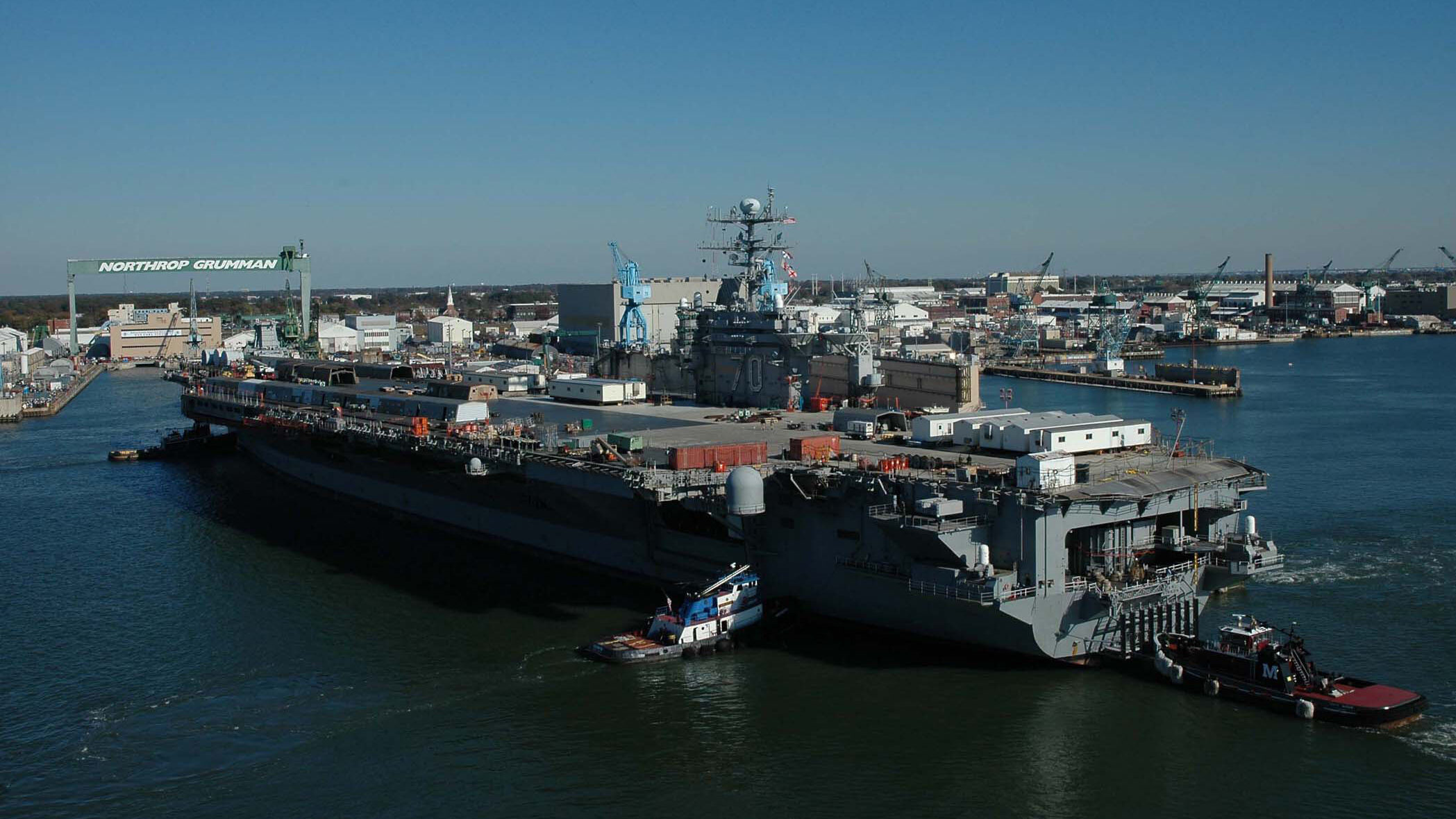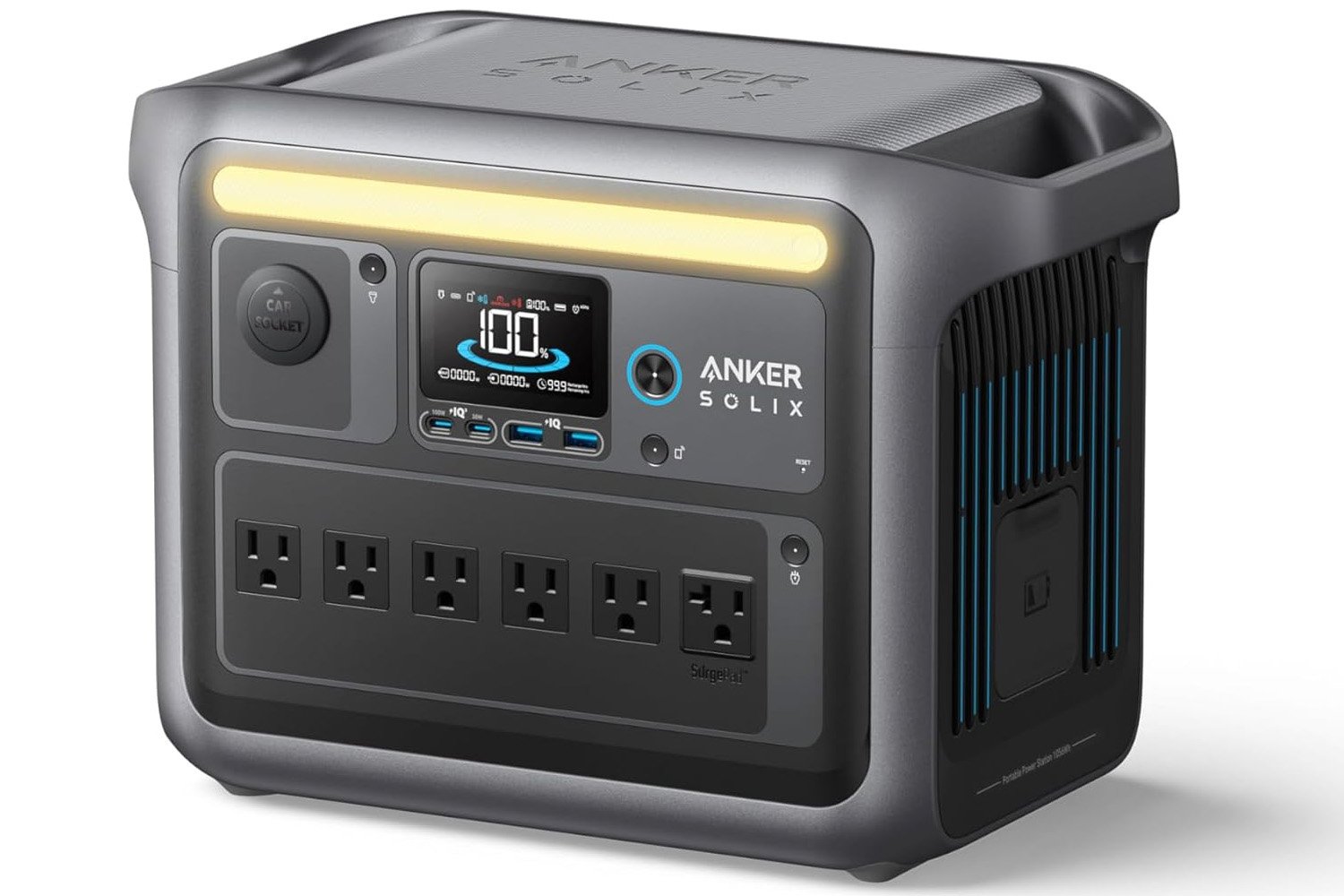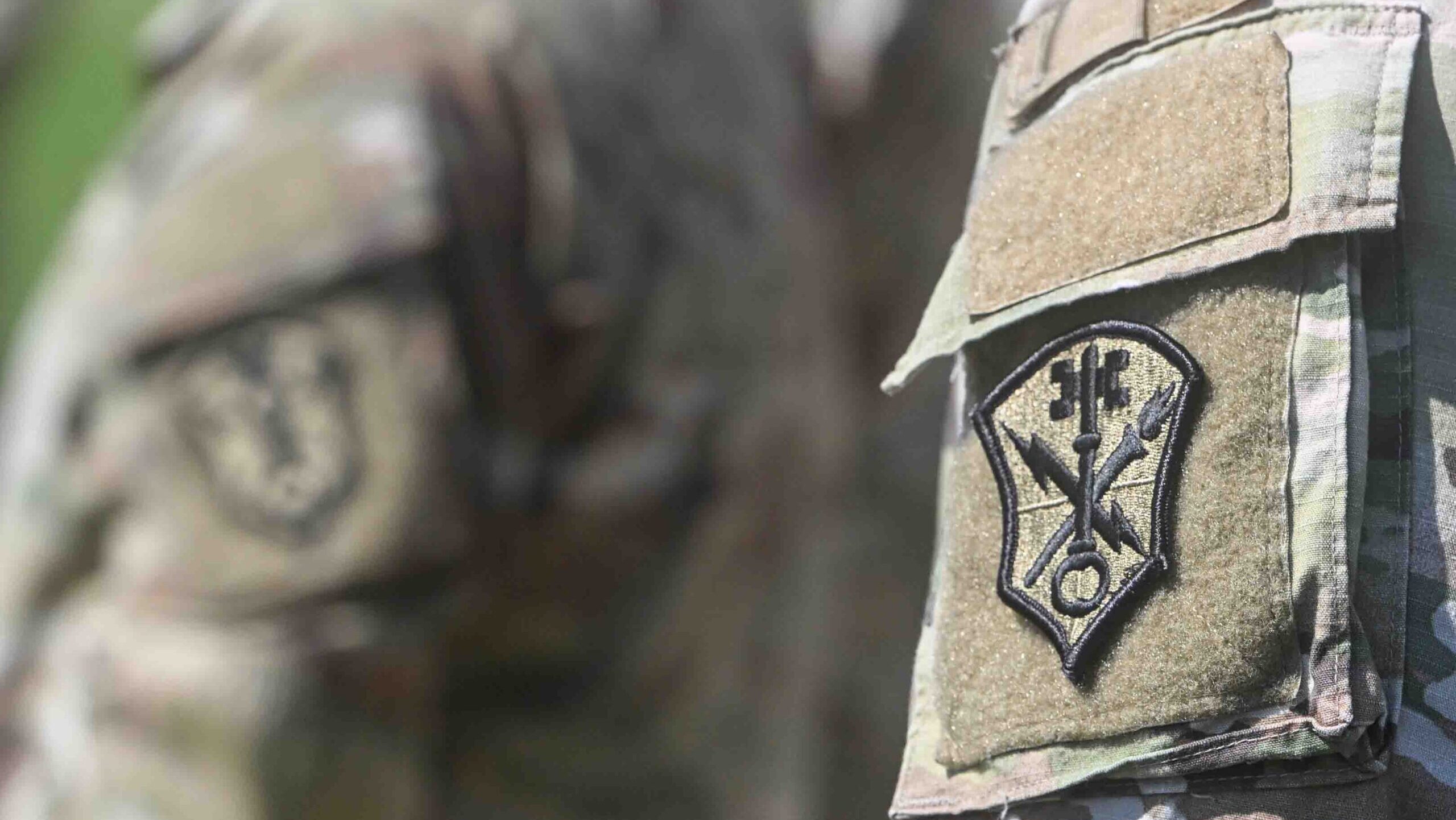Copyright Breaking Defense

When US Secretary of the Navy John Phelan testified before Congress in June 2025, he issued a stark verdict on American shipbuilding: “All our programs are a mess,” he said. “We are behind schedule, over budget. Our best-performing one is six months late and 57 percent over budget.” His warning comes as Washington relies ever more heavily on naval power to advance its global interests without becoming entangled in costly land wars. But such a strategy depends on revitalizing the US maritime industrial base, and even if fully implemented, President Donald Trump’s announced new investments, workforce training, and regulatory reforms will take years. While Trump has emphasized industrial self-reliance, he has also acknowledged the need to “buy some ships from other countries,” specifically from allies. So the US should follow his guidance and expand capacity through trusted allies Japan and South Korea, the world’s second- and third-largest commercial shipbuilders. To act on this, the administration should explore three opportunities for enhanced shipbuilding cooperation: expand maintenance, repair, and overall (MRO) cooperation across allied yards; establish a joint US-Japan mine countermeasures pact; and cautiously outsource some Arleigh Burke-class destroyer production to allied yards as a bridge to rebuilding US shipbuilding. Together, these measures sustain a credible forward presence without overextending US industry or undermining investments in domestic shipbuilding. To be clear, this is not about matching China ship-for-ship or pursuing global maritime primacy. It is about laying the industrial foundation for a realigned force posture — one that cannot be achieved without greater shipbuilding capacity. Here is our proposed way forward. Focus On MRO: First, the United States should expand maintenance capacity across allied yards. This is the Navy’s most pressing challenge and the most feasible path to enhance allied shipbuilding cooperation — largely because such efforts are already underway and showing results. In 2019, for example, Japan’s Mitsubishi Heavy Industries (MHI) broke new ground by repairing the USS Milius, signaling a shift toward deeper maritime industrial cooperation. Since then, South Korean firms like Hanwha Ocean and Hyundai Heavy Industries have successfully completed repairs on Navy combat support ships faster than many American yards. Washington should quickly scale up this cooperation. With six foreign companies already holding repair agreements with the US Navy, work at these yards is increasingly scalable, particularly at large facilities such as Hanwha, Hyundai, and MHI. The administration should also institutionalize these arrangements through permanent liaison offices and consider establishing a regional coordination center in Japan or Guam. Think About Mines: Second, the United States should prioritize collaborative development and production of minesweepers with Japan, a proven leader in this area. Even if the Littoral Combat Ship overcomes persistent delays and technical challenges to replace retiring minesweepers, the Navy will still face a shortfall in mine countermeasure capacity amid a growing threat from adversaries. Given this severe shortfall, the United States should leverage Japan’s modern fleet of minesweepers, including advanced Awaji-class ships with fiber-reinforced plastic hulls that reduce magnetic signatures and extend service life, as a foundation for joint development and production efforts. The Trump administration should seize this strategic opportunity by formalizing cooperation with Tokyo through a Mine Countermeasures Pact, modeled on the Icebreaker Collaboration Effort with Canada and Finland. Such a pact would pool expertise, coordinate development, and share technology to produce next-generation minesweeping capabilities. This initiative is not about creating a new ship class but about partnering on a proven capability to close a pressing US vulnerability. Even a limited initiative — such as a handful of hulls or shared development work — would meaningfully strengthen mine countermeasure capacity and industrial expertise. Initial steps should include sending a technical team to assess Japanese designs, launching negotiations on intellectual property sharing, and forming a joint working group to align operational and interoperability standards. Seek Help For The Arleigh Burke: Finally, the United States should cautiously supplement Arleigh Burke–class destroyer production, which currently stands at just 1.5 ships per year. Japan and South Korea already build comparable destroyers that integrate US subsystem such as SPY radar, vertical launching systems, point defense systems, missile interceptors, and the Aegis combat system. Their shipyards can build these vessels faster and cheaper — Hyundai reports up to five destroyers produced annually, nearly three times US output. Leveraging allied industrial capacity in this way would help bridge near-term shortfalls while Washington works to rebuild its own shipbuilding base. Modifying allied hulls is far easier than building new ships from scratch. If allies can deliver hulls about ninety percent complete, American firms could undertake the final adaptations to meet U.S Navy requirements. To start, Washington should establish trilateral working groups to align technical and operational standards and launch a pilot program to produce a limited number of destroyers abroad. Choppy Seas Ahead These proposals will face hurdles. Members of Congress with shipyards in their districts will naturally seek to protect local jobs. Yet strategic necessity is starting to outweigh these concerns. The “Ensuring Naval Readiness Act,” now under consideration, would for the first time allow the Navy to construct ships in foreign yards in a NATO or Indo-Pacific ally, costs less, and are not Chinese-owned — a sign that political winds are slowly shifting in Washington. Legal barriers also remain. Statutes like the Buy American Act limit foreign procurement, though national security exemptions provide a clear opening. The administration should seriously consider invoking these exceptions and, where necessary, use trade agreements to wave specialty metal requirements when allied cooperation advances US security interests. Allies’ political considerations also pose a challenge. Trade disputes have strained relations, and recent controversies — such as US immigration raids on Hyundai facilities — have eroded trust. Political transparency, clear commitments, sustained engagement will be essential to reassure allies and build momentum for deeper cooperation. The path forward is strategic but incremental. Expanding MRO cooperation, forging a mine countermeasure pact with Japan, and selectively supplementing destroyer production abroad would address immediate fleet needs while strengthening long-term capacity. Done right, these measures would lay the foundation for a sustainable maritime strategy built with allies, sharing industrial burdens to secure the maritime commons. Craig Fischbach is a U.S. Navy Surface Warfare Officer currently assigned to the service’s Fleet Scholar Education Program, through which he received his M.A. in Security Studies at Georgetown University. The opinions expressed in this essay are those of the author and do not reflect the views of the U.S. Department of Defense, the Department of the Navy, nor the U.S. government. Kelly A. Grieco is a senior fellow in the Reimagining U.S. Grand Strategy Program at the Stimson Center and an adjunct professor of security studies at Georgetown University.



